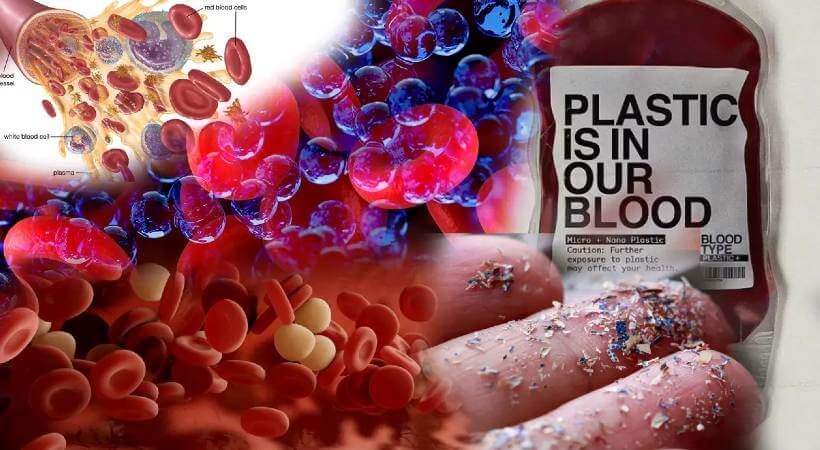In a groundbreaking study, environmental scientists from Switzerland’s Food Packaging Forum Foundation have identified 68 per- and polyfluoroalkyl substances (PFAS) in various types of food packaging. This discovery adds to the growing concern over the prevalence of these “forever chemicals” in everyday products and their potential impact on human health and the environment.
For years, manufacturers have utilized PFAS for their unique properties in products such as nonstick cookware, water-repellent clothing, and food packaging. However, the study’s co-author Birgit Geueke highlights the urgency of understanding the full extent of PFAS presence, stating, “We wanted to get a picture of what is known about the presence of PFAS in food packaging.”

The adverse health impacts of PFAS are becoming increasingly evident. Many of these chemicals have been banned due to their persistence in the environment and their ability to migrate into food, leading to exposure that has been linked to serious health issues such as cancer, thyroid disease, and high cholesterol.
The study, published in the journal Environmental Science & Technology, not only sheds light on the presence of PFAS in food packaging but also underscores the significant data gaps that exist. The researchers utilized ToxPi, an analytical tool, to illustrate that hazard data are only available for 57% of the PFAS detected in food packaging. For those that have been tested, numerous adverse outcomes have been reported.
The findings from the FCCmigex database revealed that out of the 68 PFAS compounds found in food packaging, 61 had already been banned. This raises questions about the enforcement of regulations and the need for a more comprehensive approach to managing these chemicals.
The researchers advocate for a global ban on PFAS to prevent their continued production and use, especially in countries with less stringent legislation. They propose a class-based phase-out of PFAS in food contact materials to protect public health and foster a safe, circular economy.
The complexity of PFAS compounds, with their varying physical-chemical characteristics, presents a significant challenge for analytical laboratories. Current methods can only identify and quantify a limited number of PFAS, highlighting the need for improved analytical techniques.
The study’s findings are a call to action for more rigorous review and regulation of food packaging materials. As consumers, we must be aware of the potential risks associated with PFAS and support efforts to eliminate these hazardous chemicals from our daily lives. The path to a PFAS-free future is complex, but with continued research and policy changes, we can aim for a healthier, safer environment.




